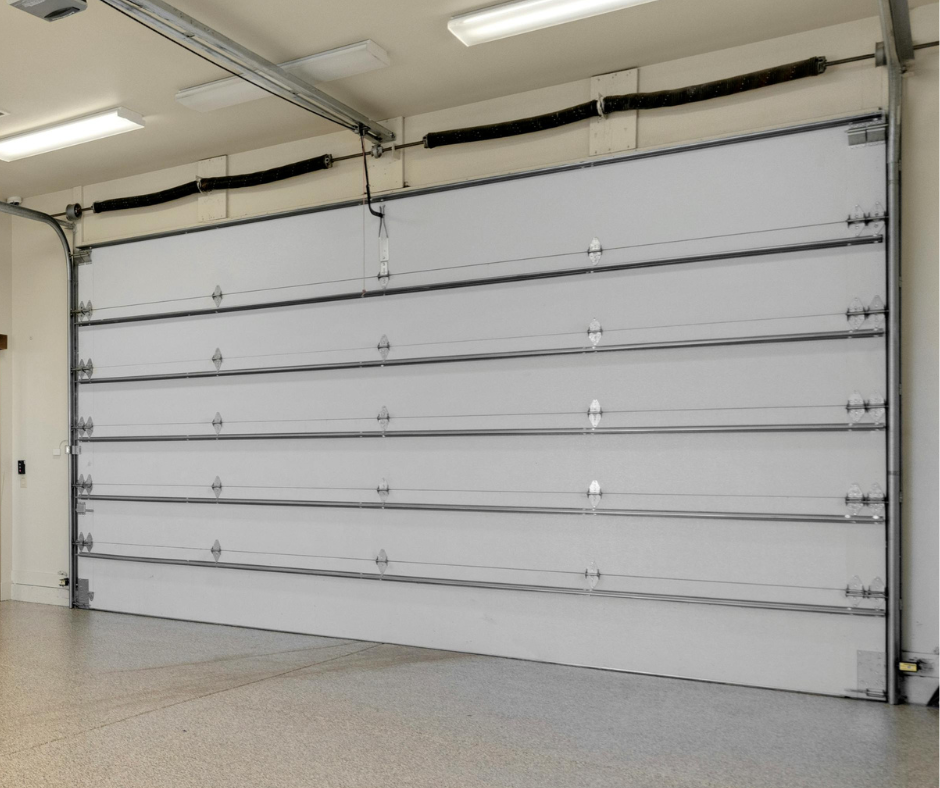How to Keep Your Garage Warm in the Winter
- MyGarage

- Jul 17
- 3 min read

South African winters might be short, but they can still bring icy mornings and chilly nights — especially in inland areas like Gauteng and the Free State. Whether you use your garage as a workspace, home gym, or extra storage area, keeping it warm during winter can make it far more comfortable and functional.
In this guide, we’ll look at practical, energy-efficient ways to insulate and warm up your garage so it stays usable during the colder months — without sending your electricity bill through the roof.
1. Insulation Is Key
Good insulation is the first step to a warmer garage — and it’s especially important if your garage is attached to your home, as heat loss through uninsulated walls or doors can impact your overall energy use.
Insulate the Walls
Unfinished brick or concrete walls absorb and lose heat quickly. By installing insulated wall panels or stud walls with insulation in between, you can drastically reduce cold air seeping in. At MyGarage, our panel systems are a great way to combine insulation with stylish, functional wall storage.
Insulate the Roof or Ceiling
Heat rises — so if your garage roof isn’t insulated, a lot of warmth escapes straight up. Adding a layer of ceiling insulation, such as foam boards or reflective foil, can help trap heat and reduce condensation too (a common issue in South African winters).
Insulate the Garage Door
Most standard garage doors offer little to no insulation. Replacing them with insulated roller doors or sectional doors makes a big difference. Alternatively, DIY insulation kits or draught seals can provide a quick and affordable upgrade.

2. Seal the Gaps
Even with insulation, cold air can sneak in through small gaps around doors and windows — and once that chill is in, it’s hard to get rid of.
Add weatherstripping to side doors and windows
Seal cracks with expanding foam or silicone
Install a threshold seal under your garage door to block wind and rain
In parts of South Africa prone to strong winds and cold fronts, like the Western Cape, draught-proofing can go a long way.
3. Heat the Space Sensibly
Once you’ve tackled insulation and draughts, heating becomes much more effective. The right heating solution depends on how often and for what purpose you use the space.
Infrared Heaters
Perfect for garages used as gyms or workshops, infrared heaters warm people and surfaces rather than the air, making them ideal for slightly open or ventilated garages.
Oil-Filled or Fan Heaters
Portable and easy to use, these are great for occasional heating — especially if you're only in the garage during certain hours of the day.
Underfloor Heating with Resin Flooring
If you’re upgrading your entire garage, consider electric underfloor heating. Not only does this feel great underfoot during those crisp winter mornings, but it also provides steady, even warmth.
4. Stay Smart with Energy
With rising electricity costs in South Africa and the reality of load-shedding, energy efficiency is more important than ever. Use timers or smart plugs to heat your garage only when needed, and always make sure heaters are SABS-approved and used safely.
5. Declutter to Keep Heat In
A cluttered garage isn’t just hard to use — it also stops warm air from circulating properly. By using wall-mounted storage, ceiling racks, and modular shelving, you can clear the floor and create a more open, insulated environment.
Just because winter in South Africa doesn’t come with snowstorms doesn’t mean your garage doesn’t need attention. With smart insulation, strategic heating, and the right storage setup, your garage can be a warm, organised and functional part of your home all year round.
At MyGarage, we help South Africans create garage spaces that actually work. Ready to beat the chill? Get in touch to find out how we can transform your garage this winter.





Comments